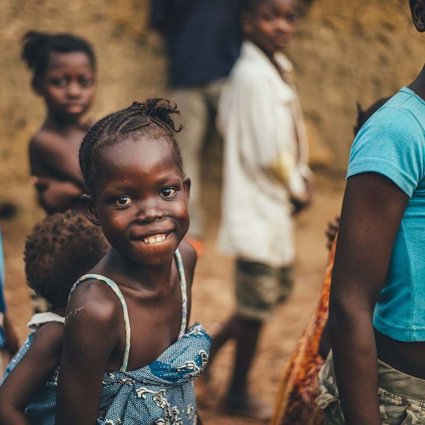
Africa: scale and diversity
This lesson looks at the geography of Africa
Key questions
Where is Africa and what countries does it contain?
What human, physical and environmental conditions are found in Africa?
Where is Africa and what countries does it contain?
Africa is one of seven continents; North America, South America, Europe, Africa, Asia, Oceania and Antarctica.
It contains the countries of; Algeria, Angola, Benin, Botswana, Burkina Faso, Burundi, Cameroon, Cape Verde, Central African Republic, Chad, Comoros, Congo, Democratic Republic, Congo, Republic of , Côte d'Ivoire, Djibouti, Egypt, Equatorial Guinea, Eritrea, Ethiopia, Gabon, Gambia, Ghana, Guinea, Guinea-Bissau, Kenya, Lesotho, Liberia, Libya, Madagascar, Malawi, Mali, Mauritania, Mauritius, Morocco, Mozambique, Namibia, Niger, Nigeria, Rwanda, Sao Tome and Principe, Senegal, Seychelles, Sierra Leone, Somalia, South Africa, Sudan, Swaziland, Tanzania, Togo, Tunisia, Uganda, Zambia and Zimbabwe.
What human, physical and environmental conditions are found in Africa?
Africa sits astride the Greenwich Meridian and the Equator. It stretches from 38° N to 34° S. There are many different climate zones and many different ecosystems which change mainly from north to south but are also affected by relief. Contrary to popular belief it is possible to be very cold in some parts of Africa. Water resources vary enormously from one country to another but water is scarce in the desert and semi-desert areas. Population density is generally low compared to other regions of the world.
Interactive resources
Starter
Naming continents
The countries of the world are grouped into seven continents. Study the satellite photos in naming continents. Each photo shows one of the world's continents. Write the correct name under each photo, and write down one fact that you know about each continent.
Share the fact that you have written about the continent of Africa with at least four other students, writing their facts in the spaces provided.
Ranking continents
Your teacher will select a group of seven students. Each will be given a card with the name of a continent and a method by which the continents can be ordered (for example, the size of the continent). The seven students must then move so that they are in the correct order according to how their continent fits in with the rest, for example from largest to smallest. The remainder of the class can judge whether they think they are right.
Download the Ranking continents cards that you will need for this activity.
Main Activity
Africa: Continent of contrasting environments
The Africa - a diverse continent PPT introduces you to the different environments that exist within the continent of Africa, and about the climate patterns that influence their distribution. Can you identify any links between climate and vegetation type? Does anything that you have learnt surprise you?
What else would you like to find out about the continent during the course of this unit?
Plenary
Using the What do you know about Africa? interactive, test the knowledge you have learnt so far about Africa. You may want to answer these on your own, or in teams. You teacher might even give you a map of Africa so you can have a go at naming all the countries!
File nameFiles
File type
Size
Download